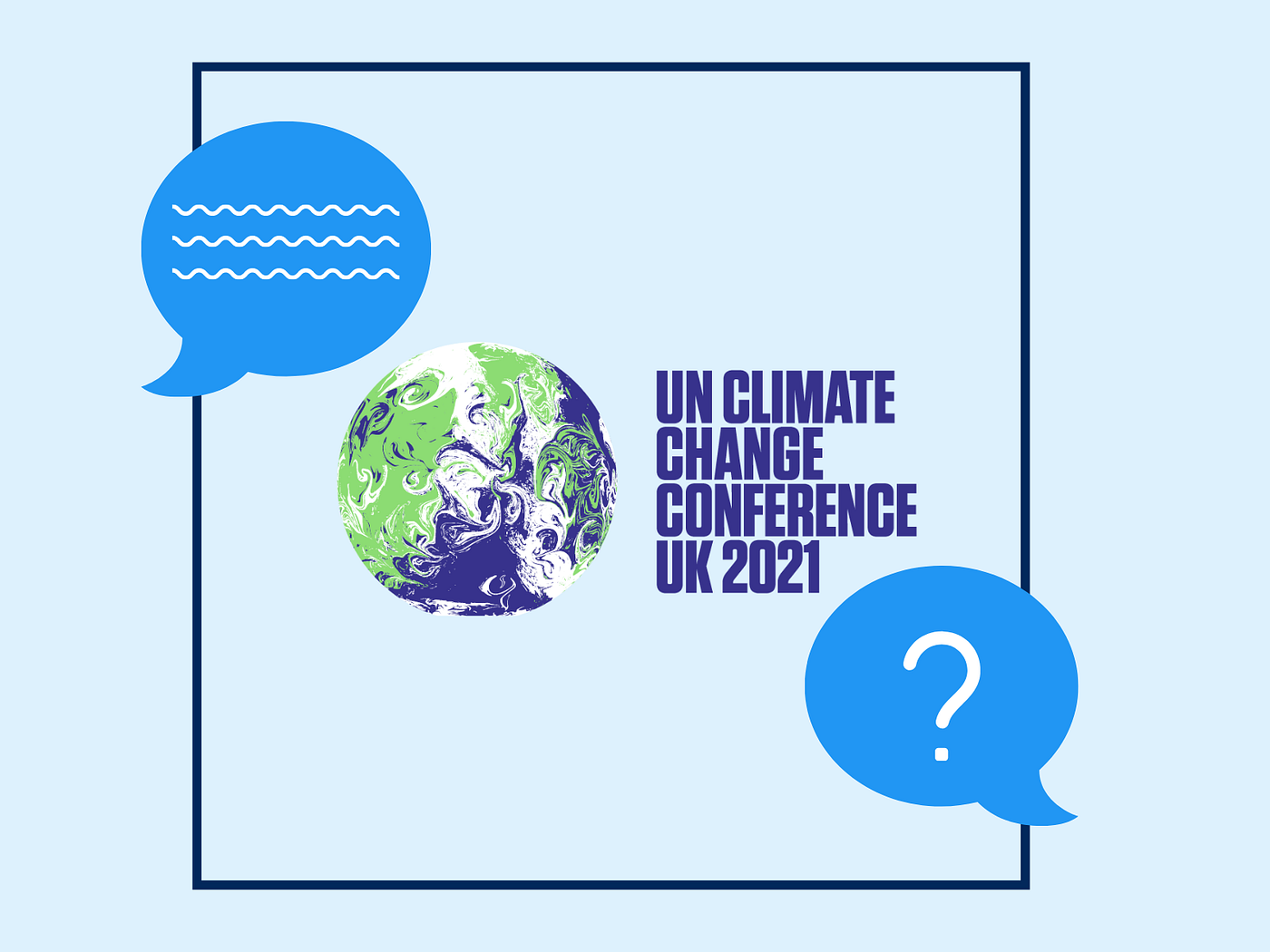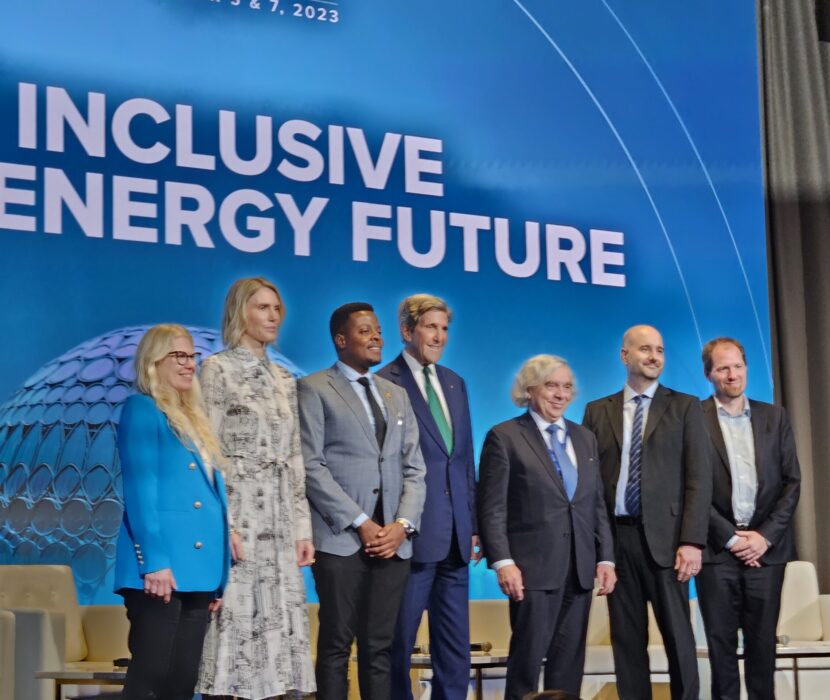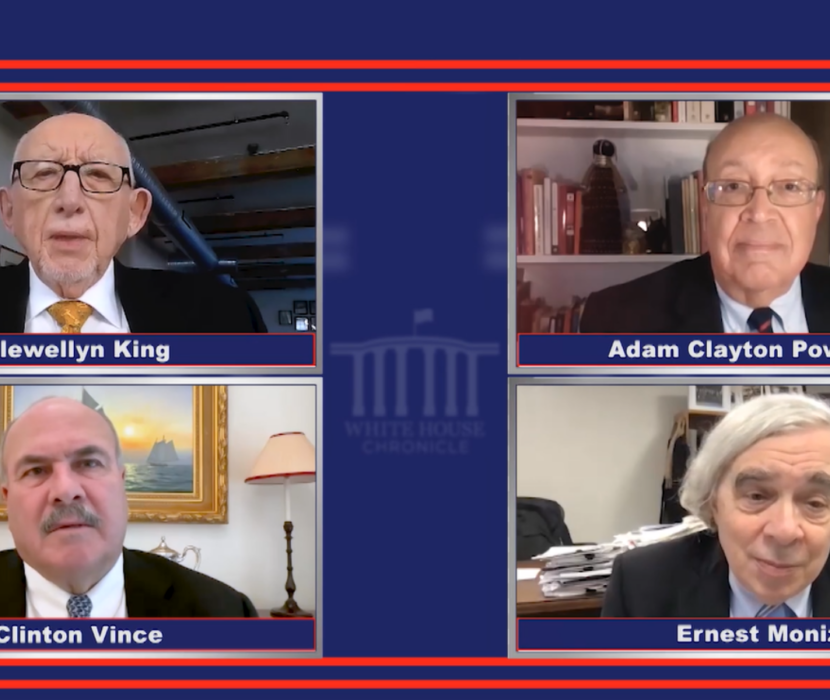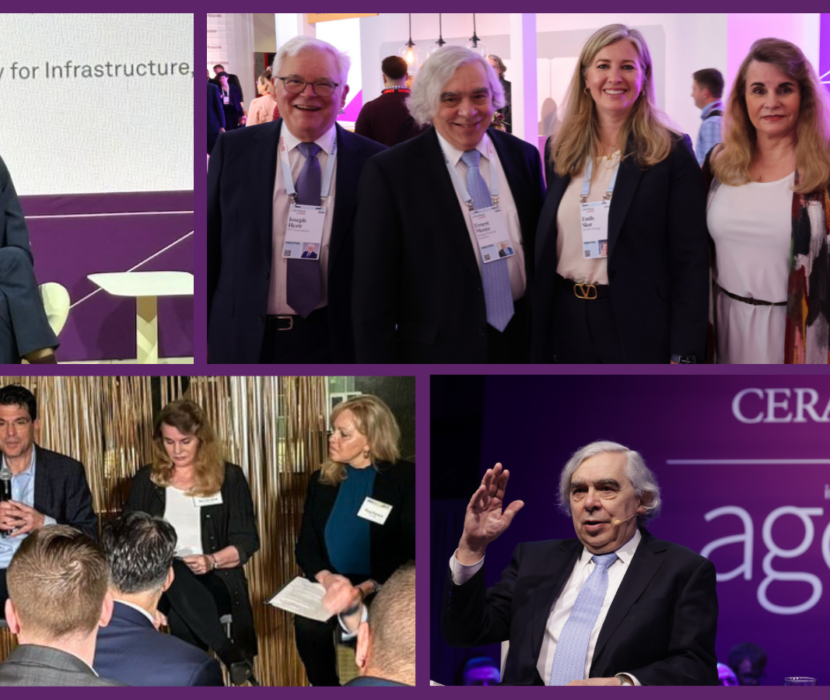The annual United Nations climate summit, called “COP26” by experts in the field, takes place October 31st through November 12th in Glasgow, Scotland. As experts convene to discuss actions that need to be taken to tackle the climate crisis, energy and jargon terms will swirl onlookers and audience members. Continue reading to learn terms key to understanding the conversations taking place in Glasgow this fall and be sure to check out this digital factsheet (and this print one)!

What in the world is COP26 and why is everyone in the energy space talking about it?
Simply put, it’s the annual United Nations Climate Change Conference, and it’s taking place this year in Glasgow, Scotland. “COP” stands for “conference of the parties” or the 154 nations that signed the UN Framework Convention on Climate Change at the Earth Summit in Rio de Janeiro in 1992. However, any nation is welcome at COP, which has met 25 times previously. COP26 was due to take place in 2020, but was postponed a year due to COVID 19. Energy sector insiders still use “COP” as a moniker for the event, which functions as something of an industry convention for environmental activists, scientists, and government officials, the latter of whom often use the event to announce significant climate action commitments. The Paris Climate Agreement, the most significant international set of pledges thus far agreed, was signed at COP21 in 2015. Donald Trump took the U.S. formally out of the Paris Agreement in 2020, but President Joe Biden rejoined in 2021.
What are Nationally Determined Contributions (NDCs) and what does it have to do with the Paris Agreement?
Nationally Determined Contributions (NDCs) are each country’s climate plans that outline their domestic climate action goals, including climate-related targets, policies, and measures that every country in the Paris Agreement intends to achieve to respond to climate change and contribute to global climate action. Under the Paris Agreement, these plans are self-defined and updated every five years. While Covid-19 put these updates on hold, many parties have submitted post-2020 revised NDCs, with over one hundred countries planning to follow prior to COP26. Only one country, The Gambia, is on track to meet its climate targets; while the world’s largest carbon emitters are falling behind on their climate commitments.
What is the IPCC? It’s nearly always cited in stories about climate change.
The Intergovernmental Panel on Climate Change, or IPCC, is a United Nations group of researchers who examine the science behind what’s happening to our planet. The group doesn’t conduct its own research, but rather examines papers submitted to the group. The panel then issues scientific status reports on the effects of climate change and risks associated with changing temperatures and more frequent severe weather. Over the years, the IPCC has issued six reports tracking increasing danger to the planet’s balance. The most recent report, issued in August 2021, stated that it is only possible to avoid warming of 1.5 °C or 2 °C — the Paris Agreement target range for global temperature rise — if massive and immediate cuts in greenhouse gas emissions are made.
What’s the difference between climate change adaptation and mitigation?
Mitigation and adaptation are both strategies to address climate change. Mitigation methods target the causes of climate change and focus on minimizing its impacts by limiting emissions and/or enhancing nature’s ability to store carbon dioxide. Planting more trees and enriching soil, which are both natural ways to store carbon dioxide from the atmosphere, are examples of climate change mitigation. Replacing fossil fuels with clean energy alternatives and scaling up carbon capture facilities so that they can contribute to building a clean energy economy also address the source of the issue. Adaptation on the other hand focuses on proactively helping society adjust to the effects of climate change by reducing its negative impacts and capitalizing on potential benefits. This includes adjusting city development plans to account for more frequent natural disasters, like hurricanes, and reducing water use due to drought.
While some argue that mitigation strategies lack the resources (funds, political support, etc.) needed to impactfully address the sources of climate change, others criticize adaptation methods for only addressing the problems at hand. Using a strategic combination of both strategies, like building seawalls to protect cities from rising oceans due to climate change while simultaneously investing in carbon capture technologies to address climate change directly, can help combat climate change most effectively.
What are the three categories of emissions tracking?
There are three categories of emissions that are used for emissions tracking: Scope 1, 2, and 3 emissions. Scope emissions are standardized categories of a company’s greenhouse gas emissions to give companies trying to reduce their emissions a metric. They were created by the Greenhouse Gas Protocol, an organization striving to help companies — any company, from fossil fuel to clothing to financial and tech companies — reduce their carbon footprint.
Scope 1 emissions are direct emissions from company-owned and controlled resources, like vehicles and facilities. An oil company’s Scope 1 emissions would include the emissions their facility releases from processing oil and factory transportation.
Scope 2 and Scope 3 emissions are different categories of indirect emissions.
Scope 2 emissions cover a company’s emissions resulting from its purchased sources, like electricity and power use. This includes the emissions produced from the power supplier that a company uses to generate electricity for its facilities and operations. The emissions from the electricity powering the oil company’s lights and machines qualify as Scope 2 emissions.
Scope 3 emissions are all other indirect emissions not covered by Scope 2 emissions, ranging from those emitted during business travel to the use of the company’s products. For example, the emissions released by an airplane when the CEO of the oil company travels to another city for a conference and those emitted from the exhaust pipes of cars that use the oil company’s products in people’s cars are all Scope 3 emissions.
Often, Scope 3 emissions comprise the majority of a company’s carbon footprint, making them a crucial category to measure. However, because they are indirect, it’s difficult for companies to track down this data making them resistant to doing so and hesitant to be financially responsible. Plus, there’s inconsistency in how far down the value chain to go. Due to these difficulties, companies might opt to ask suppliers of product packaging and other materials — other companies, rather than individual consumers — to reduce their emissions. They may also purchase emissions offsets, or reductions in emissions in one place unrelated to the company to compensate for the company’s higher emissions rate.
— David Ellis, Angie Kaufman, & Sonia Velazquez
(Share this post with others.)




